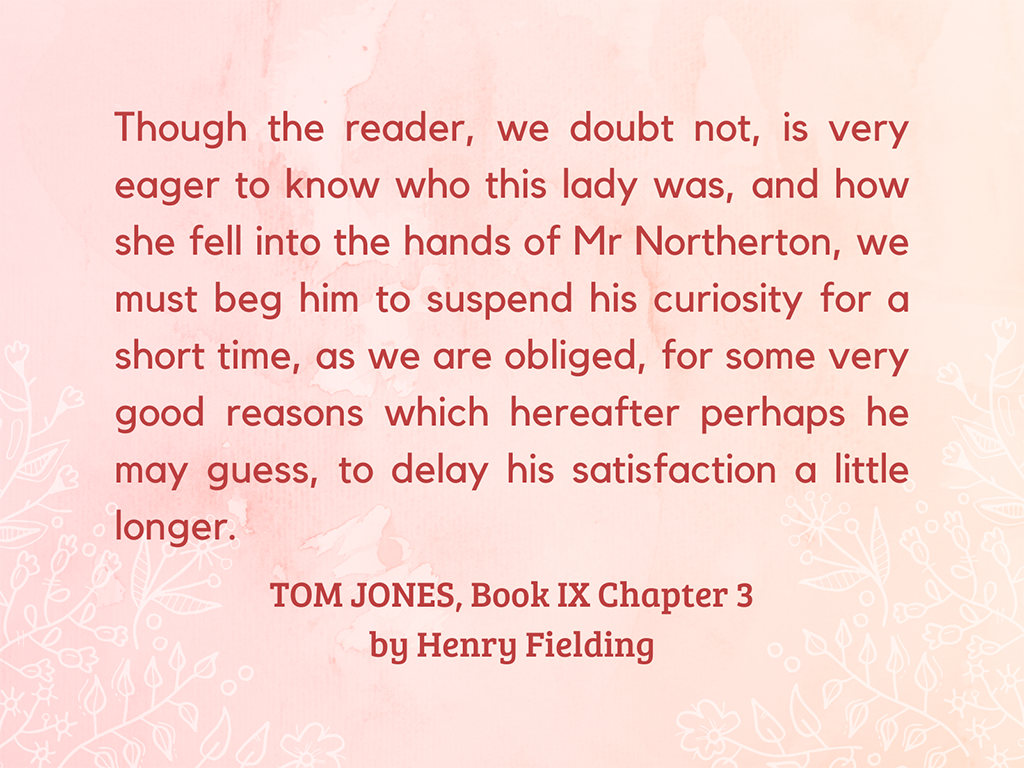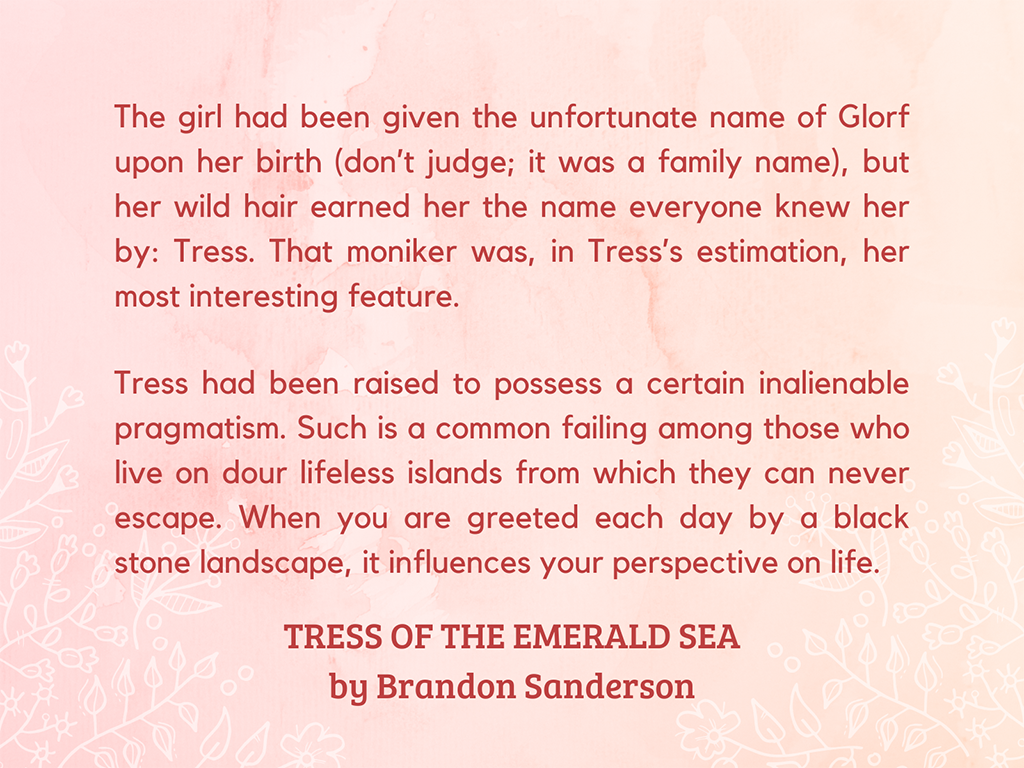In Observational Narration, the Narrator interjects their own opinions, observations, and interpretations, breaking the fourth wall to address the Reader directly even if neither Reader nor Narrator is part of the story.
This can occur on a spectrum of intrusion. At its lightest, it includes narrative rhetoric such as “obviously,” “naturally,” and “of course.” Heavier applications manifest as parenthetical asides and expositional tangents wherein the Narrator briefly (or not so briefly, as the case may be) steps into frame.

Such insertions establish a rapport between Reader and Narrator that exists beyond the scope of story events. They drive the Reader toward a logical or emotional conclusion. The best Observational Narration feels like a story told between friends.
However, while it can introduce a playful or chummy tone, Observational Narration is generally considered old-fashioned, corny, or folksy. It can quickly become patronizing, condescending, or grating if used without care—basically, the “mansplaining” of the narrative world.
Narratorsplaining, if you will.
A Classic Masterpiece
The ultimate Observational novel, IMHO, is Henry Fielding’s TOM JONES, in which the Narrator, who has no direct part in the story, constantly addresses the Reader. In fact, Fielding warns early on that he’s going to digress on any tangent he feels necessary.
And he overtly cues the Reader when he does.

Published in 1749, when the English Novel was still in its infancy, TOM JONES serves as a guidebook for how an Audience should consume fiction. Fielding’s frequent narrative intrusions are instructive in nature, an understandable byproduct of the era.
This is the same time period in which writers still blurred the lines between fiction and truth. But Fielding, in his solidly Observational voice, draws a clear boundary between reality and his fabricated plot. He tells a tale that could have happened while playfully teaching his Readers how to process the story.

A Modern Surprise
Although Observational Narration is supposedly out of fashion, we have a rather stunning modern example in Brandon Sanderson’s TRESS OF THE EMERALD SEA. As the Narrator, Hoid, recounts Tress’s story, he frequently breaks the fourth wall to offer his own opinions and interpretations directly to the Reader.

This playfulness lends a sort of nostalgic charm to the book as a whole. It’s also an example of Observational Narration in the First Person, because Hoid is an in-universe character and story participant.
So, once again the narration type does not tie to one specific Point of View category.
If you want to write Observational Point of View, TRESS proves you can disregard the naysayers1. And justly so. Writing trends always cycle around.
- What is your favorite example of Observational Narration?
- In what circumstances might you wish to read or write this type of narrator?
Up next: Omniscient Narration
Previous: Objective Narration
Index Page: Point of View
- Speaking of naysayers, I’ve written about Observational Narration before, in my Liar Liar series. Check out that post for more on the rhetorical effects this type of narration creates. Also, ignore my claims about the 3 Os tying specifically to Third Person. That’s what they taught in my formal English classes, but I know better now. ↩︎